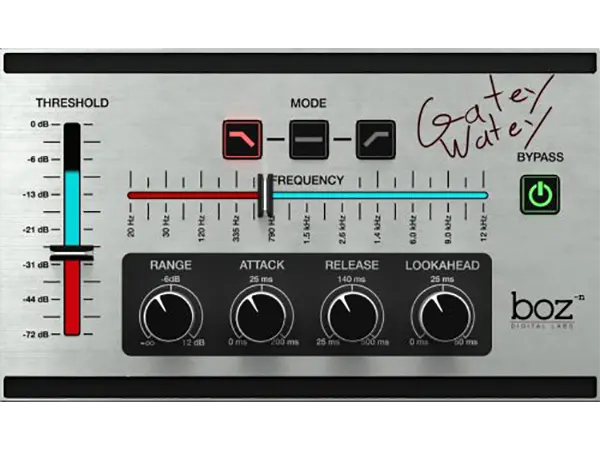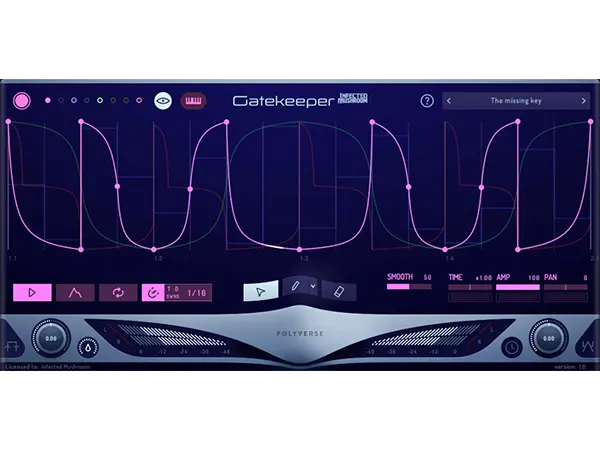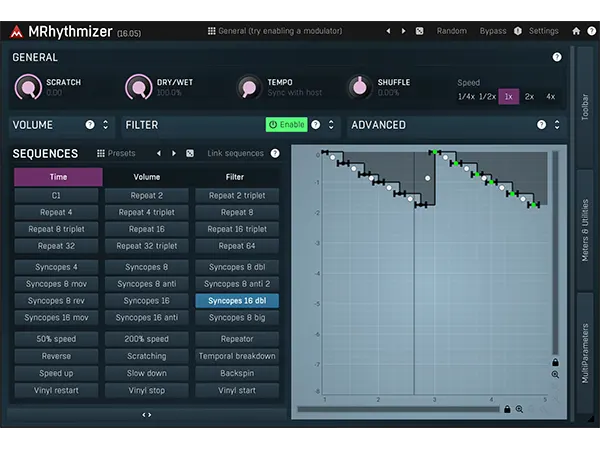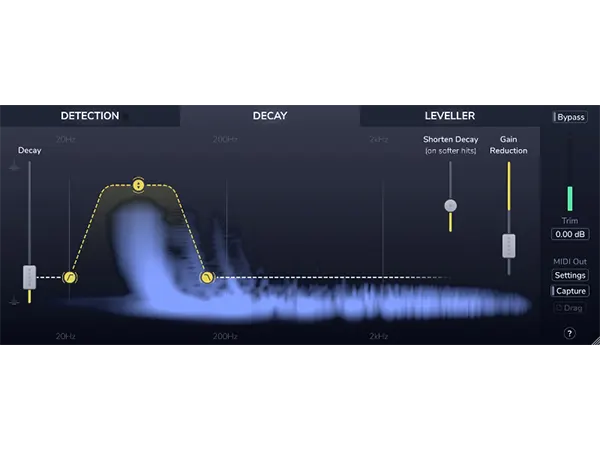Boz Digital Labs Gatey Watey
Boz Digital Labs Gatey Watey: Frequency selective gating plug-in. Gatey Watey was designed to be dirt simple to use.
Electronic Delivery
PLEASE NOTE: This product is delivered via secure, electronic delivery. You will receive the full product license (with instructions) direct to your email. Enjoy a safe and fast way to get the latest version and full support direct from the manufacturer.
Description
Unlike other gates, Gatey Watey enables you to zero in on precisely the frequency range you want attenuate without the hit-or-miss tweaking of complicated controls, yielding excellent results regardless of your skill level.
Instead of the wibbly-wobbly, timey-wimey stuff that traditional gates chatter on about, Gatey Watey lets you select the frequencies you want to attenuate for a smooth and natural sound. If you want to shorten cymbal tails without losing the resonance of the kit, quiet singing toms without choking them, or tame the fizz but keep the fuzz on distorted guitars, Gatey Watey will give you the closure you need to move on and mix.
Gatey Watey is a forward-thinking, resource-friendly plug-in that not only eliminates the guesswork typical of complicated gates, but also the steep learning curve as well. The Gatey Watey is how a gate should work, especially if you want to breeze through the tedious housekeeping processes of noise cleanup and track preparation and focus on creativity.
Gatey Watey Cracking The Code
The reasons for using gates have never gone away: singing toms, too much metal-work on a drum kit, bleed in kick and snare that makes processing troublesome at best. Gating is a key element for increasing dynamic range and bringing out the punch and focus of drums in a dense mix. And yes, gates come standard in all DAWs, but how often do you actually use them? And wouldn’t you prefer a gate that works without all the histrionics (and hysteresis)?
In order to increase appeal, gate plug-ins have some complicated and downright incomprehensible controls, yet they still operate on the same principle as analog gates from the days of yore (with names like Kepex). For example, there’s that clip gain trick used in place of gating, which requires you cut regions, say between tom fills and reduce the gain of the clip by around -14dB to maintain a natural sound.
Transient Ischemic Attack
Even gate plug-ins, as fast as they are, have the same problem with transients as their analog ancestors. One clever workaround in DAWs is to copy the track you wish to add gating to, offset it slightly ahead of the track to be processed, and send a sidechain signal from the offset track to the gated track. The offset track opens the gate slightly ahead of the gated track so that transients will pass unmolested. Clever, yes? Well, not really when Gatey Watey will do that for you with its look-ahead feature.
Chatter Below Decks
Another issue that comes with setting a gate is known as gate chatter, which occurs when audio signal fluctuates above and below the threshold at the tail end of its decay. The gate opens and closes rapidly, causing a stuttering effect. Standard gates have a hysteresis control to deal with that. Yet another parameter that has to be tweaked to sound natural, hysteresis keeps the gate open by a fixed amount below the threshold, allowing the sound to die out without shutting the gate.
Features
- Frequency selective gating
- Simple Interface
- No Learning Curve
- Frequency-selective gating
- Look-ahead preserves transients
- No gate chatter
Tech Specs
MAC
Mac OSX 10.5 or Greater
Plugins: VST-2, VST-3, AU, AAX, RTAS
WINDOWS
Windows XP or Greater
Plugins: VST-2, VST-3, AAX, RTAS
* Any references to any brands on this site/page including reference to brands and instruments, are provided for description purposes only. For example references to instrument brands are provided to describe the sound of the instrument and/or the instrument used in the sample. Plugin Max do not have (nor do they claim) any association with or endorsement by these brands. Any goodwill attached to those brands rest with the brand owner. Plugin Max or its suppliers do not accept any liability in relation to the content of the product or the accuracy of the description.






Reviews
There are no reviews yet.